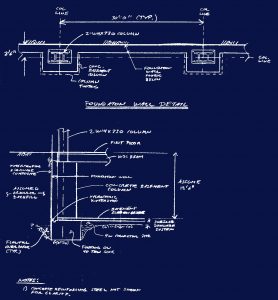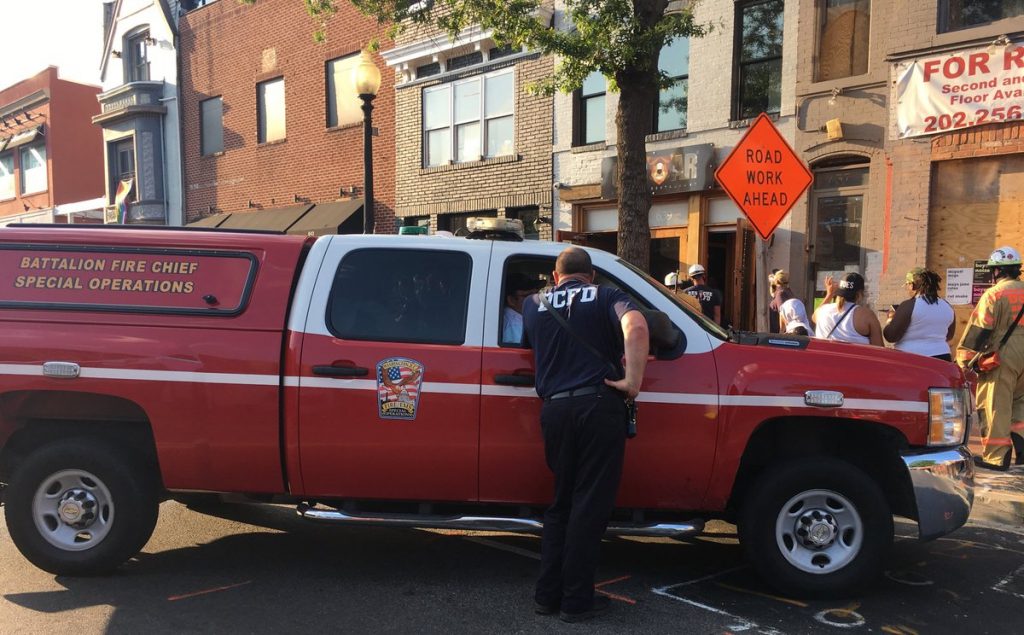 Having projects in the urban environment representing a large proportion of my career experience, I am always a little surprised when I encounter design professionals and contractors who do not fully appreciate the challenges and constraints associated with building on urban sites. While a lot of design professionals, contractors and other stakeholders have urban project horror stories, they do not necessarily associate those adversities with choices that were made or not made during the project. It is almost as if they believe that nothing can be done.
Having projects in the urban environment representing a large proportion of my career experience, I am always a little surprised when I encounter design professionals and contractors who do not fully appreciate the challenges and constraints associated with building on urban sites. While a lot of design professionals, contractors and other stakeholders have urban project horror stories, they do not necessarily associate those adversities with choices that were made or not made during the project. It is almost as if they believe that nothing can be done.
Perhaps I should not be surprised. The fact is that most of the Architecture, Engineering and Construction (A/E/C) industry is focused outside of the urban cores. In a lot of major metropolitan areas, development has focused on low-density sprawl with large parking lots and generous setbacks. For these projects, consideration of the outside world may be limited to curb cuts and utility connections. Is it any wonder then that designers and constructors underestimate what it takes to build on a constrained urban lot. Continue reading “Site-Structural Engineering for the Urban Environment”


 Existing conditions of a site are common and stubborn constraints and sources of challenges for construction projects. Unlike new construction, existing conditions cannot be specified. Existing conditions are often difficult to observe and are variable, creating significant uncertainty and risk. Exploration and testing are the standard means of mitigating the uncertainty associated with existing conditions. This may include visual observation, probing, material sampling and in-situ and laboratory testing. However, investigations are expensive and never fully eliminate uncertainty. As a result, a lot of design professionals have trouble managing the risk associated with existing conditions and resort to excessively conservative design, which increases construction costs and often creates added risks. A more rational approach to the uncertainties of existing conditions can result in more cost-effective investigation programs and reduce construction costs and risk.
Existing conditions of a site are common and stubborn constraints and sources of challenges for construction projects. Unlike new construction, existing conditions cannot be specified. Existing conditions are often difficult to observe and are variable, creating significant uncertainty and risk. Exploration and testing are the standard means of mitigating the uncertainty associated with existing conditions. This may include visual observation, probing, material sampling and in-situ and laboratory testing. However, investigations are expensive and never fully eliminate uncertainty. As a result, a lot of design professionals have trouble managing the risk associated with existing conditions and resort to excessively conservative design, which increases construction costs and often creates added risks. A more rational approach to the uncertainties of existing conditions can result in more cost-effective investigation programs and reduce construction costs and risk. 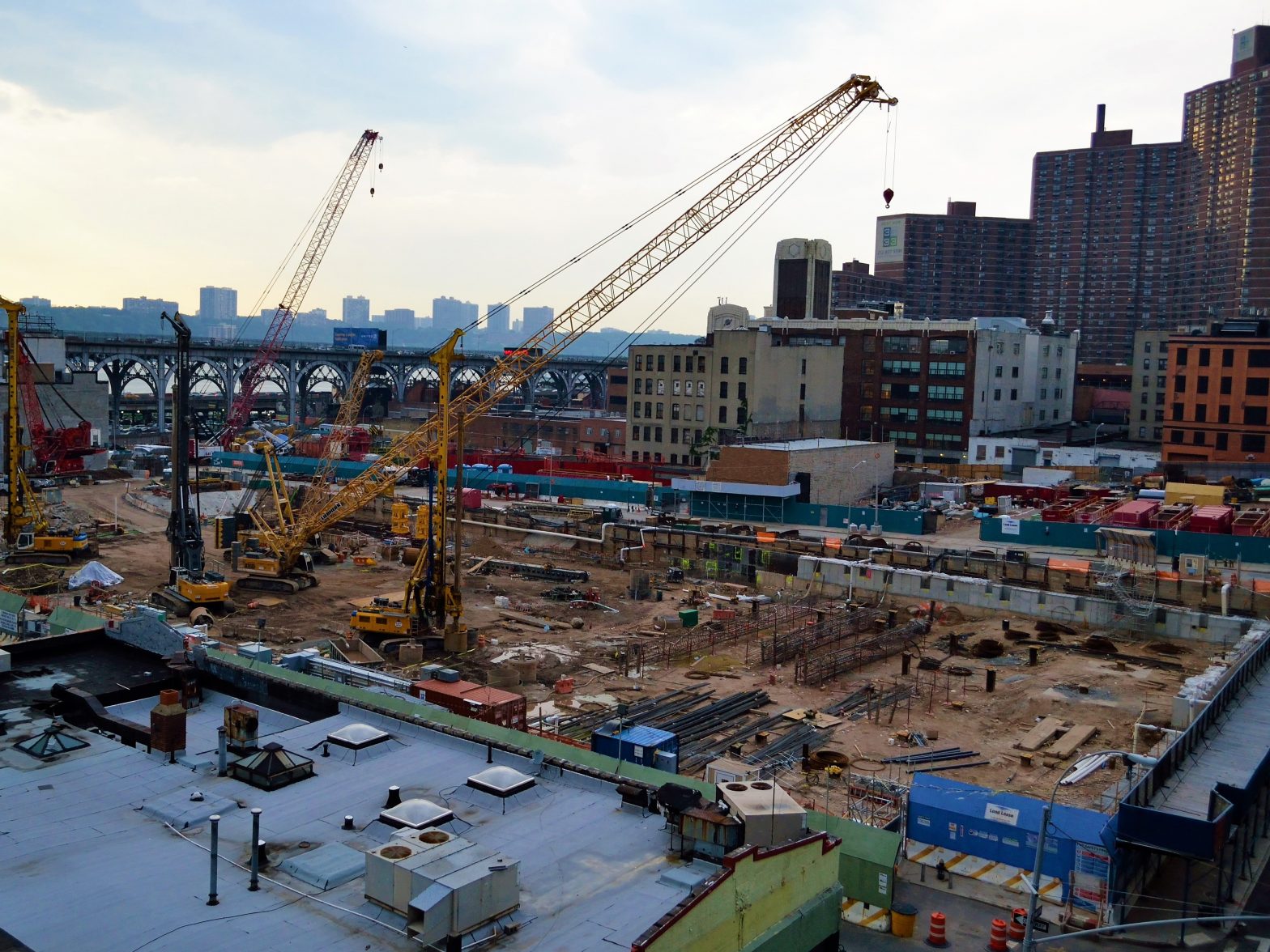

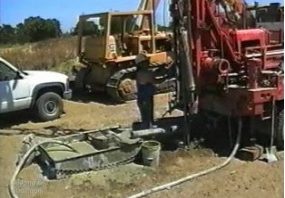
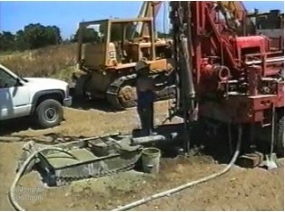


 Traditionally, designers of temporary structures for use in construction had little guidance binding on their designs. Some owners, particularly infrastructure operators, provided standards and guidelines that permitted increased allowable stresses for certain temporary conditions. Sometimes the increased allowable stresses were limited to new materials or were subject to other stipulations. However, this practice came from a time when codes were much simpler and, in some respects, more conservative than they are now. Should increased allowable stresses still be used in the design of temporary structures, or is this practice anachronistic?
Traditionally, designers of temporary structures for use in construction had little guidance binding on their designs. Some owners, particularly infrastructure operators, provided standards and guidelines that permitted increased allowable stresses for certain temporary conditions. Sometimes the increased allowable stresses were limited to new materials or were subject to other stipulations. However, this practice came from a time when codes were much simpler and, in some respects, more conservative than they are now. Should increased allowable stresses still be used in the design of temporary structures, or is this practice anachronistic?
